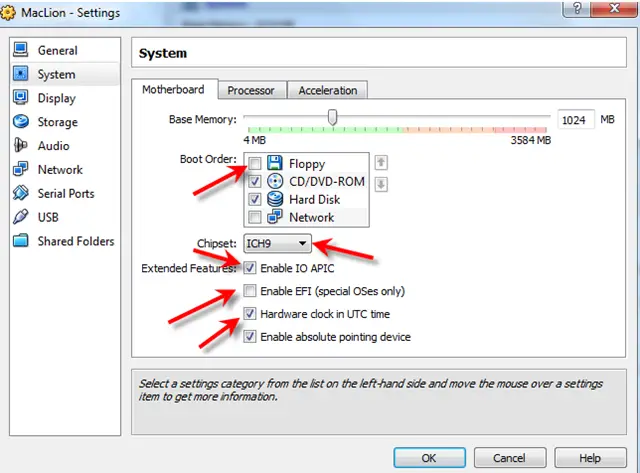


- #Virtualbox video driver for mac os x install
- #Virtualbox video driver for mac os x full
- #Virtualbox video driver for mac os x software
- #Virtualbox video driver for mac os x Pc
The graphical interface will guide you through the VM creation.
#Virtualbox video driver for mac os x full
You can grab the full Fedora Workstation ISO, the slim netinstall ISO, or even a spin of the Fedora desktop environment: maybe XFCE or LXDE desktop environment will runs smoothly inside a virtualized platform. You can download Fedora from Any of the Fedora downloads will work.
#Virtualbox video driver for mac os x install
In order to install Fedora, you need the installation media. Once VirtualBox is installed, start it, and you will see the configuration and management dashboard: Oracle VM VirtualBox Manager. Also this interface is pretty simple and straightforward. Generally speaking, the version that you can download from the Oracle VirtualBox website is more recent than the one you can find in 3rd party repositories. It is a straightforward task: download the Windows or MacOS X installer from the VirtualBox website. In this tutorial, we assume you already have VirtualBox installed. Installing Fedora as a VirtualBox guest Start Oracle VM VirtualBox Manager
#Virtualbox video driver for mac os x software
VirtualBox is developed by Oracle and, since version 4, it is free software released under the GNU General Public License version 2 (GPLv2). VirtualBox is a multi platform software: in the sense that it is released for a lot of operating systems (Linux, Windows, MacOS and Solaris/Illumos). You can install as many VMs you want, and run them at the same time, well, in this case as many as your physical hardware is able to support (you can imagine what happens if you try to start ten VMs with 1GB of RAM each, and your PC have 4GB of RAM). You can configure the virtual machine (VM) configuring various kind of hardware: how much RAM, what kind of chipset (PIIX3 or ICH9), how many (virtual) CPUs, up to four network cards and which model, how many (virtual) hard disks, boot order, audio device and a bunch of other things. You can install the VirtualBox software, configure a virtual machine, and run another operating system, like installing it on another PC.
#Virtualbox video driver for mac os x Pc
A virtual machine is a piece of software that runs on top of your system and, in brief, emulates a PC hardware (however, in reality the subject is a little bit more complex). Virtualization lets you to run an entire operating system inside a virtual machine. Oracle VM VirtualBox is, as stated in the homepage “ a powerful x86 and AMD64/Intel64 virtualization product for enterprise as well as home use“. However, if your main system is Windows or OSX, you can use VirtualBox to create a Fedora guest. In this case, using KVM / Libvirt is probably a better approach. Note that if you are currently running Fedora as your main machine, VirtualBox may not be the best choice for virtualization, because it is not in the Fedora repositories. You can even restore a backup of your virtualized system if something in your test goes wrong. Additionally, even if your main operating system is Fedora or not, and you want to do some hack or test some software on a spare installation without harming your main system, having the option to start from zero again and again without losing your other works. The virtualization approach allows you work on on your Fedora install without haveing to to reboot the system every time you need to use Fedora. Alternatively, you could use virtualization technology such as VirtualBox to run a Fedora install. One way that will have little impact on your current operating system is to create a live USB of Fedora, and boot directly into it. There are many ways to give Fedora a try if you are currently using another operating system. This article has been checked and updated in January 2020 for correctness.


 0 kommentar(er)
0 kommentar(er)
